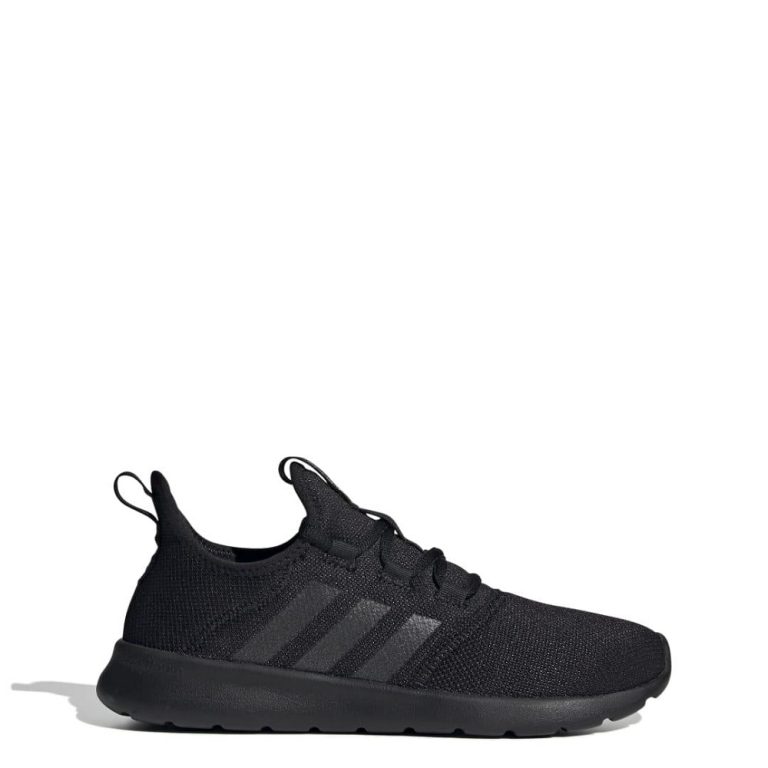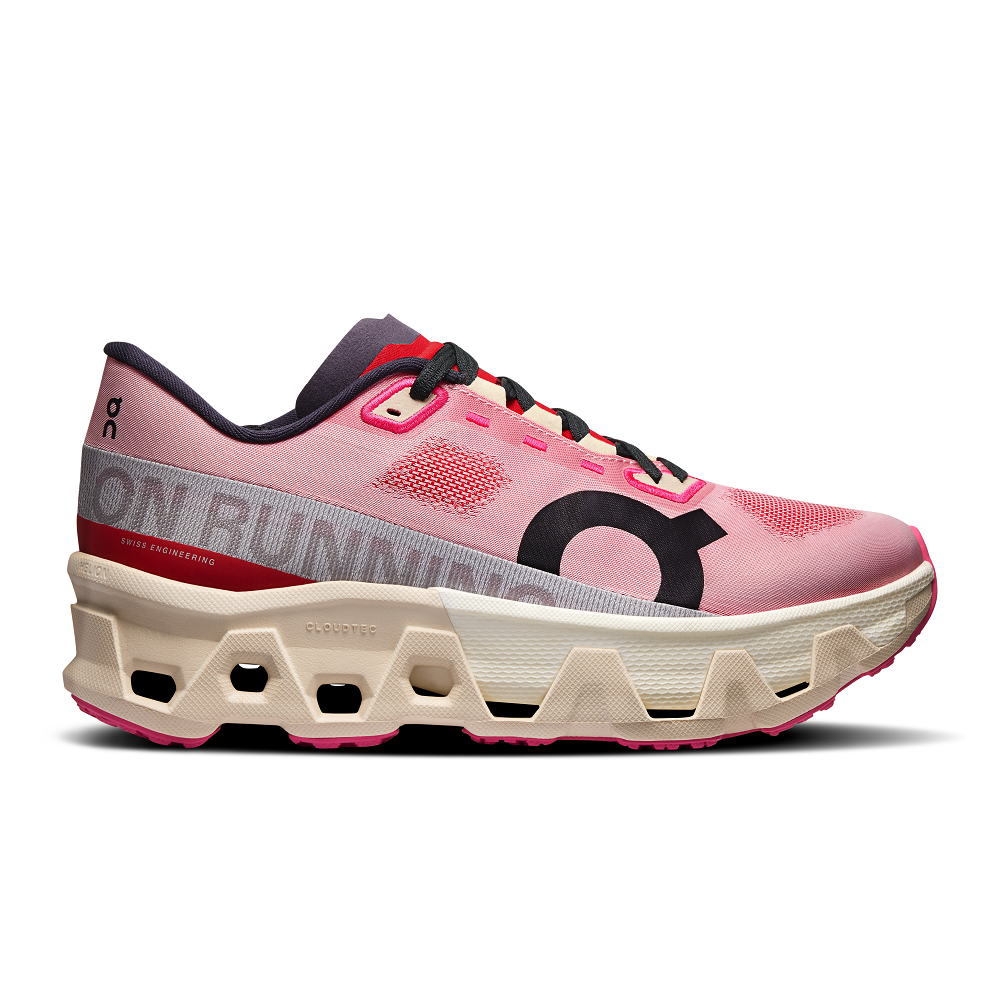
Cushioned Running Shoes: Finding the Right Fit for Every Runner
Running is one of the most accessible forms of exercise. It offers numerous health benefits, including improved cardiovascular fitness, strengthened muscles, and enhanced mental well-being. However, not everyone runs the same way, and different foot types and running styles require different footwear. One of the most crucial aspects of selecting running shoes is finding the right pair of cushioned running shoes. These shoes provide essential comfort and support, making your runs more enjoyable and reducing the risk of injury. This article will guide you through the features, benefits, and considerations for finding the perfect cushioned running shoes tailored to your needs.
Understanding the Importance of Cushioning
The Role of Cushioning in Running Shoes
Cushioning in running shoes serves a vital function. It helps absorb impact when your foot strikes the ground, reducing stress on your joints—particularly the knees, hips, and lower back. Proper cushioning can make a significant difference during long runs or high-impact workouts. With adequate support, runners can enjoy their activity without feeling fatigued or experiencing discomfort.
Different types of cushioning technologies are available in running shoes. Many manufacturers use foam materials that are designed to provide varying levels of softness and responsiveness. This allows runners to select shoes that best suit their personal preferences and running styles. A shoe with the right amount of cushioning can enhance performance and enjoyment.
Benefits of Cushioned Running Shoes
Cushioned running shoes offer several benefits beyond just impact absorption. They provide a fluffy, comfortable feel, which can be especially appealing during long-distance runs. Many runners find that cushioning helps them maintain their pace without feeling pain or discomfort. As a result, they can focus on enjoying their run rather than being distracted by sore feet or joints.
Additionally, cushioned shoes can aid in injury prevention. Insufficient protection can lead to overuse injuries, such as plantar fasciitis or shin splints. Having a pair of shoes that provides the right level of cushioning creates a barrier between your feet and the hard ground, allowing for a safer running experience.
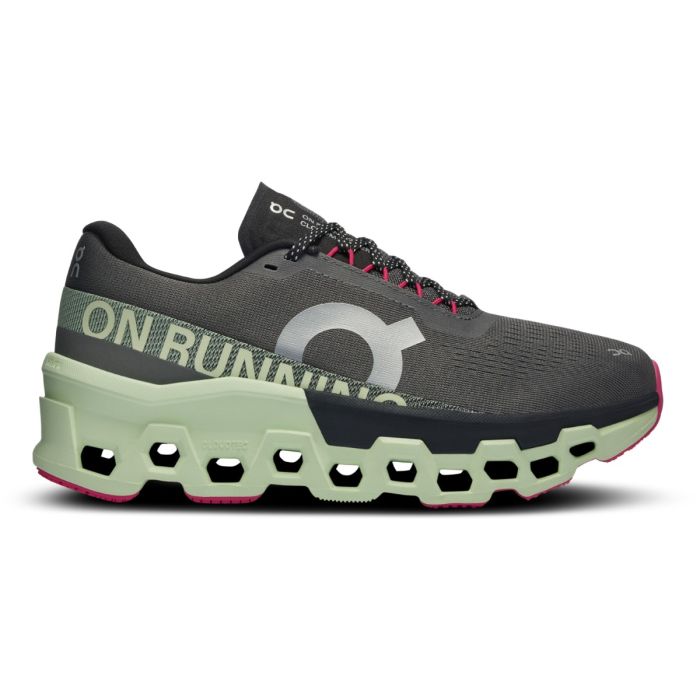
Types of Cushioning Technologies
EVA Foam
EVA foam (ethylene-vinyl acetate) is one of the most common materials used for cushioning in running shoes. This lightweight foam provides excellent cushioning while maintaining flexibility. EVA foam absorbs shock efficiently, which is vital for preventing injuries during prolonged activity. Many brands implement custom EVA formulations to enhance both comfort and durability, making it a popular choice among runners.
Shoes with EVA foam often feel plush underfoot and provide a smooth ride. The softness of this material can help offer relief on long runs, allowing you to stay comfortable mile after mile. EVA foam is also versatile, as it can be molded into various shapes to accommodate different foot types.
Gel and Air Cushioning
Another popular cushioning technology involves gel or air pockets strategically placed within the shoe. Gel cushioning provides a unique blend of softness and responsiveness. It allows the foot to sink into the material during impact while still offering support for propulsion. Gel inserts can be especially beneficial for runners who require extra cushioning in specific areas of the foot.
Air cushioning systems, like those offered by brands such as Nike, utilize air pockets in the midsole to provide lightweight cushioning. These systems are designed to compress upon impact but replenish quickly, aiding the runner’s progress. With both gel and air technologies, runners experience better shock absorption and a more comfortable run.

Finding the Right Fit
Importance of Proper Sizing
Once you have determined the importance of cushioning, the next step is to find the right size. Proper sizing is crucial for optimal performance. A well-fitting shoe will allow your foot to move comfortably while preventing blisters and other injuries. When shoes are too tight or too loose, it impacts your stride. This can lead to discomfort and decreased efficiency.
To ensure a proper fit, measure your feet regularly. Sizes can change due to various factors such as age, weight fluctuations, and activity levels. Runners should consider measuring their feet in the afternoon when they are likely to be slightly swollen. This ensures that the shoes provide enough space where needed and won’t feel restrictive during runs.
Trying on Shoes
When selecting cushioned running shoes, it is advisable to try them on before purchasing. Many running specialty stores offer treadmills or areas for testing shoes. When trying on shoes, wear the type of socks you plan to use while running. This provides a more accurate feeling of how the shoes will perform during workouts.
Walk or jog a short distance in different pairs to assess how they feel. Pay attention to the heel and toe area. The shoes should feel snug but not constrictive. There should be enough room in the toe box for your toes to splay naturally without hitting the front of the shoe.
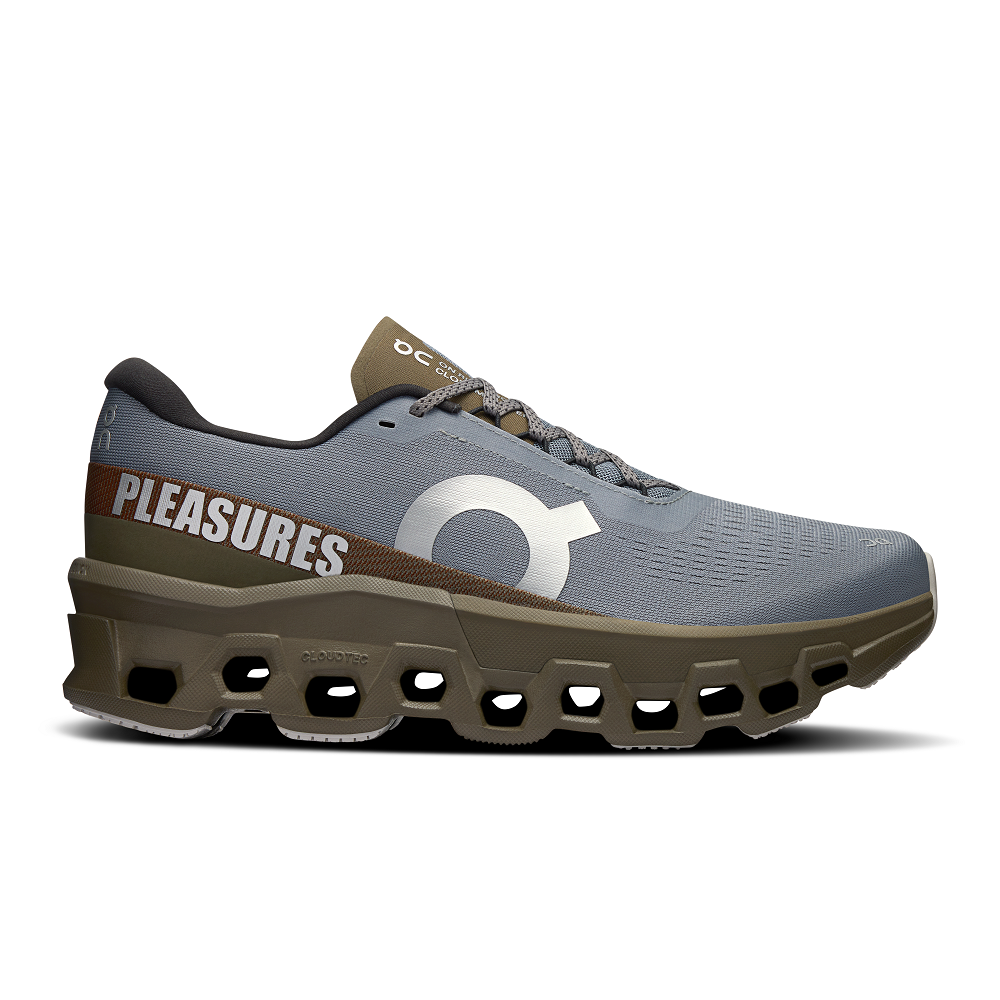
Choosing the Right Features
Arch Support
Selecting the correct level of arch support is another important factor. Some runners have high arches, while others have flat feet. Understanding your arch type is essential when choosing cushioned running shoes. Most shoes are designed with specific arch support configurations, ensuring that they cater to a variety of foot shapes.
High arches typically require additional cushioning and support to maintain proper alignment. On the other hand, flat-footed runners may benefit from stability shoes that provide more structure on the inner side of the foot. Brands increasingly design shoes with varying levels of arch support, making it easy for runners to find the right fit.
Traction and Stability
Consider the intended terrain when selecting cushioned running shoes. Many runners prefer shoes with good traction for increased stability, particularly if you plan to run on trails or uneven surfaces. Look for shoes with rubber outsoles featuring specific tread patterns designed to grip the ground effectively.
Stability features can also play a crucial role in providing additional support during movement. Shoes with added structure in the midsole can help control overpronation and contribute to overall stability. As a result, you can enjoy better control during runs while minimizing the risk of injury.
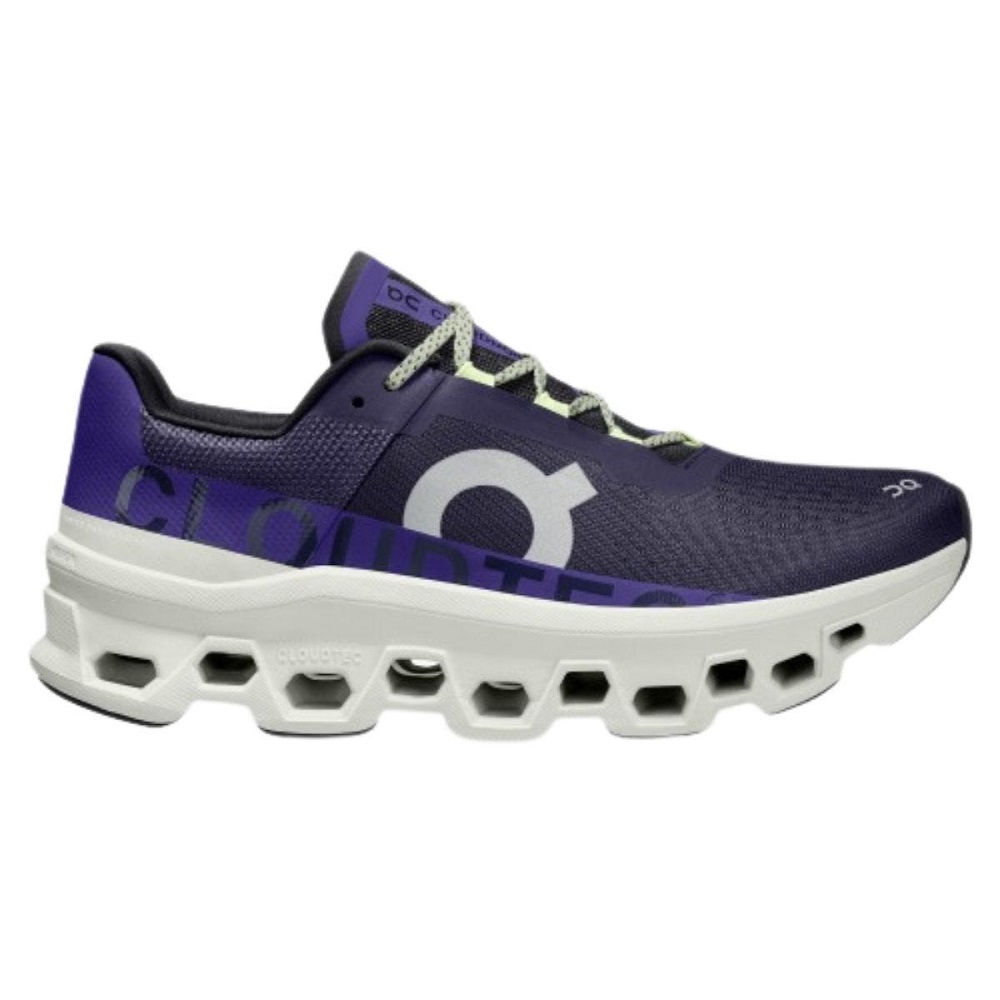
Popular Brands for Cushioned Running Shoes
Brooks
Brooks is a well-known brand that specializes in running shoes. Their shoes often feature superior cushioning systems like BioMoGo DNA. This technology adapts to the individual’s stride, providing customized support. Brooks shoes are widely recommended for comfort and are particularly favored for long-distance running.
The Brooks Ghost series is a popular choice for many runners. Known for its balance of cushioning and responsiveness, this shoe works well for both beginners and experienced runners alike. The brand’s commitment to quality is evident in their designs, ensuring that runners receive the support and comfort they need.
Asics
Another respected name in the running industry is Asics. This brand has a strong reputation for its gel cushioning technology, which absorbs shock and enhances comfort. The Asics Gel-Nimbus and Gel-Kayano are two models that runners often rave about for their plush cushioning and durability.
Asics running shoes are designed with attention to detail, and they cater to various foot types. The brand’s commitment to biomechanics ensures that their shoes provide proper support and alignment, making them suitable for serious runners seeking comfort during their workouts.

Maintenance and Care for Running Shoes
Regular Cleaning
To maximize the lifespan of your cushioned running shoes, regular maintenance is essential. After each run, take a moment to clean the shoes. Remove dirt and debris by gently brushing the outside with a soft brush. For deeper cleaning, you can use a damp cloth to wipe down the upper material.
Avoid machine washing your shoes, as this can damage the cushioning and overall structure. Instead, hand-wash gently and allow them to dry naturally. Stuffing the shoes with newspaper can help them maintain their shape while drying. This kind of care will keep your shoes looking fresh and performing at their best.
Proper Storage
Proper storage also plays a significant role in maintaining your cushioned running shoes. Store them in a cool, dry area away from direct sunlight, as heat can warp the materials. Avoid placing them in damp environments that may lead to mold and other damage.
If you own multiple pairs of running shoes, consider using shoe organizers or containers to protect them. Regularly inspect your shoes for signs of wear, such as compressed cushioning or frayed seams, and replace them if necessary. Effective care will keep your shoes functional and comfortable.
Making the Most of Your Running Experience
Setting Goals
When investing in a good pair of cushioned running shoes, consider setting specific goals for your running journey. Whether you aim to increase your distance, improve your pace, or simply enjoy running more consistently, having clear objectives can keep you motivated.
Establishing short-term and long-term goals can help you stay accountable and track your progress. Documenting your running achievements, such as distances completed or speed improvements, can further motivate you to stick to your plans. As you reach your milestones, you will gain confidence and see the fruits of your efforts.
Connecting with the Running Community
Engaging with the running community can further enhance your experience. Whether by joining local clubs, participating in group runs, or utilizing social media platforms, connecting with fellow runners can provide valuable support and encouragement. Sharing experiences, tips, and challenges can deepen your appreciation for the sport and help you feel more connected.
Participating in local races or fun runs is another excellent way to become part of the running community. These events often foster a supportive environment where everyone encourages one another, regardless of pace or experience. Celebrate your achievements together, and you’ll likely find yourself looking forward to each run even more.
In conclusion, finding the perfect pair of cushioned running shoes is vital for every runner’s experience. The right shoes can enhance comfort, provide support, and reduce the risk of injury. By understanding the importance of cushioning, selecting shoes that fit well, and maintaining them properly, you can maximize your running enjoyment and performance. Lace up those cushioned running shoes and hit the pavement—your ideal running experience awaits!

